The PrintReleaf project in India was successfully completed in May of 2020. Over the last 5 years, we funded 55,991 standard trees. The final SGS field audit will occur sometime between the Summer of 2020 and Spring of 2021.
The East Khasi Hills are home to ancient forests sacred to the Khasi people. Amongst the forests are stone monoliths, dedicated to warriors of the past 500 years. These same forests play host to many of the endangered species in this rich biodiverse region, with upward of 130 endangered species on the Red List of species published by the The International Union for Conservation of Nature.
Deforestation and land degradation from mining and unsustainable land use are placing these biological islands at great risk. Climate change is likely to cause additional stress on the forests, with consequences for the health and wellbeing of the community. Less than 10% of land within the project area is held under the authority of the Government of India: 90% is held by the communities, clans, and families constituting a Hima – an indigenous government body. The result is vested interested and emotional connection to generate long lasting change.
Our planting partner, WeForest, works directly with a Federation of 10 Himas and 62 Khasi villages to actively restore the landscape, to combat climate change through carbon sequestration and to develop income opportunities that rely on a healthy, biodiverse standing forest.
Project Goals
- Annual restoration of 500 hectares
- While improving forest composition and restoring biodiversity
- Develop and test indicators of improved hydrological function in the Umiam watershed
- Support the transition to fuel efficient cooking stoves to reduce fuel pressure
- Support the transition to climate resilient sustainable agricultural systems
- Reduce poverty through a forest-friendly economy e.g. women-run tree nurseries
Project Outline
The project adopts a long term approach to restore degraded landscapes, store atmospheric carbon, and improve the livelihoods of the forest dependent community who are largely rural smallholders. Women within the community play a key role: the Khasi community are one of the world’s few matrilineal societies where lineage and inheritance follows the women.
A holistic management plan is co-created with the community to address the many interrelated challenges spanning the social, economic and environment. A healthy standing forest is the symbol of success.
The management plan incorporates sustainable resource management and forest friendly livelihood development programs e.g. ecotourism, animal husbandry and tree nurseries. Financial support is provided by capitalizing women-run micro finance groups, self-help groups and farmers clubs. Grants are provided to invest in pig and poultry farms; this supports the transition in diet from beef to sources of protein which exert significantly less pressure on the forest landscape.
Restoration Approach
The principle forestry technique used in this project is Assisted Natural Regeneration which involves:
- accelerating the natural regeneration process (i.e. the protection and nurturing of wild tree saplings)
- enrichment planting with seedlings from either home-based nurseries or transplanted within the forest
Tree Species
The management plan includes numerous tree species. Of those listed below, PrintReleaf aims to plant primarily Exbucklandia populnea.
- Alnus nepalensis
- Castanopsis indica
- Exbucklandia populnea
- Myrica esculenta
- Pinus kesiya
- Prunus nepalensis
- Schima khasiana
Reforestation Partner
Our PrintReleaf Certified reforestation partner in India was WeForest, an international non-profit that specializes in mobilizing companies to restore the world’s forests and embark their stakeholders into a long-term journey towards environmental sustainability. You can learn more about their story and their mission in the video below.


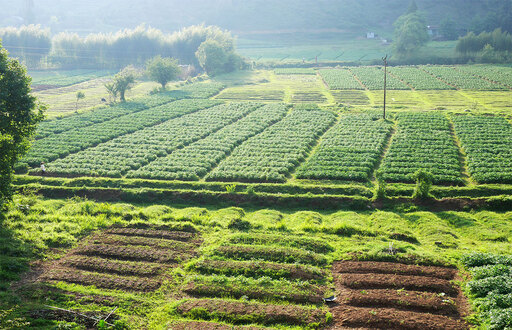

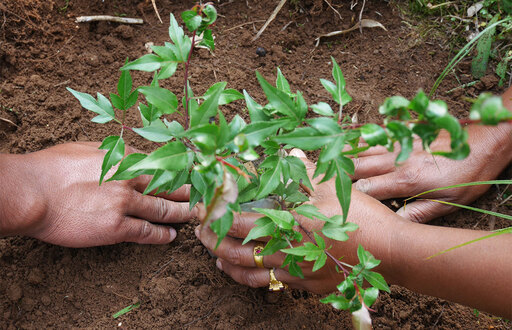
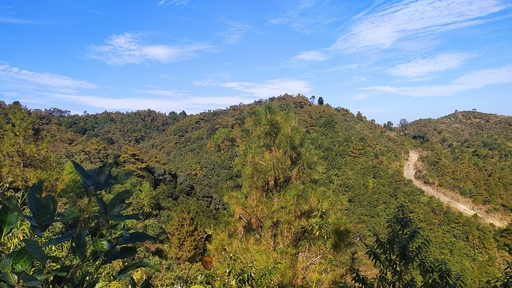_2020.jpg)
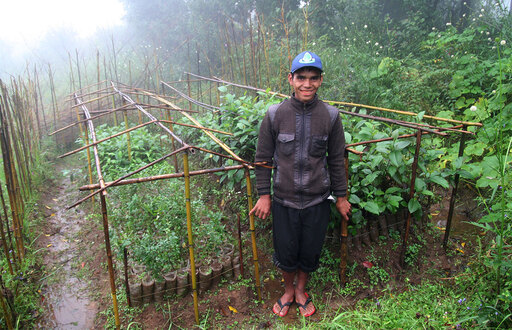
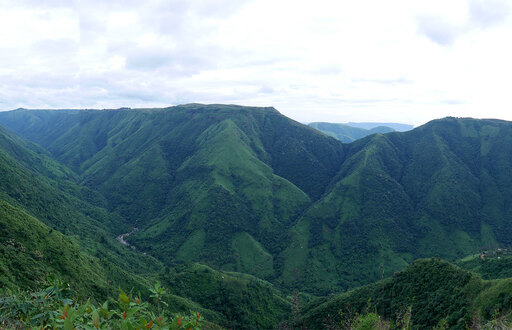
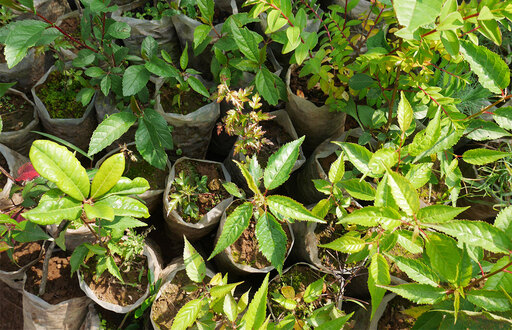
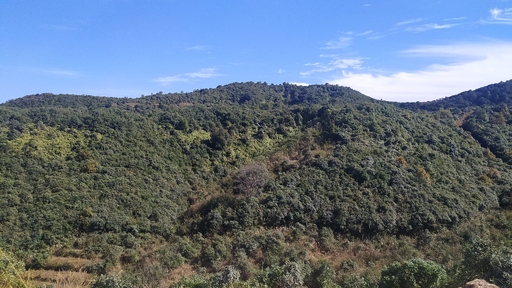_2020.jpg)
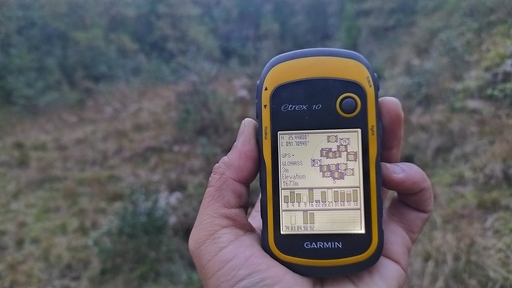_2020.jpg)



